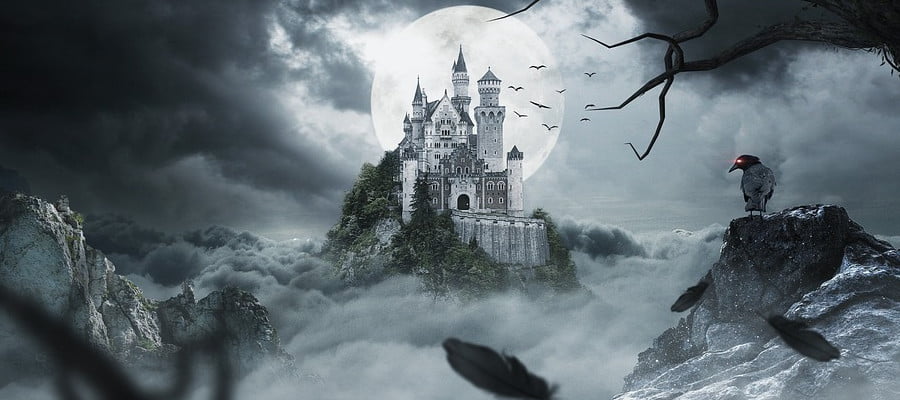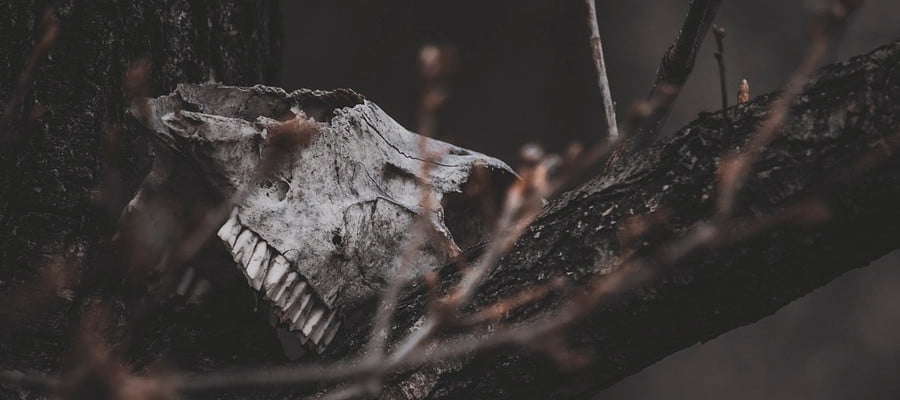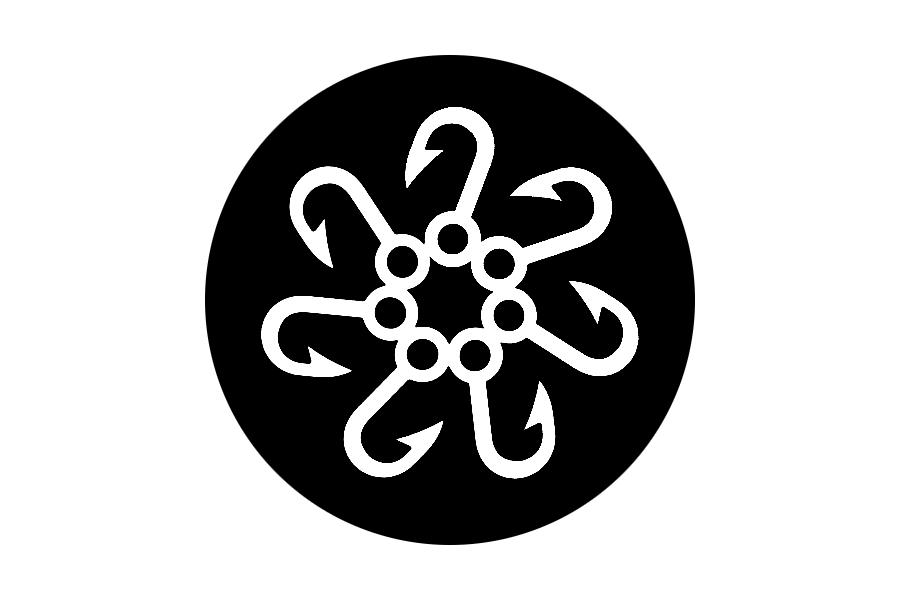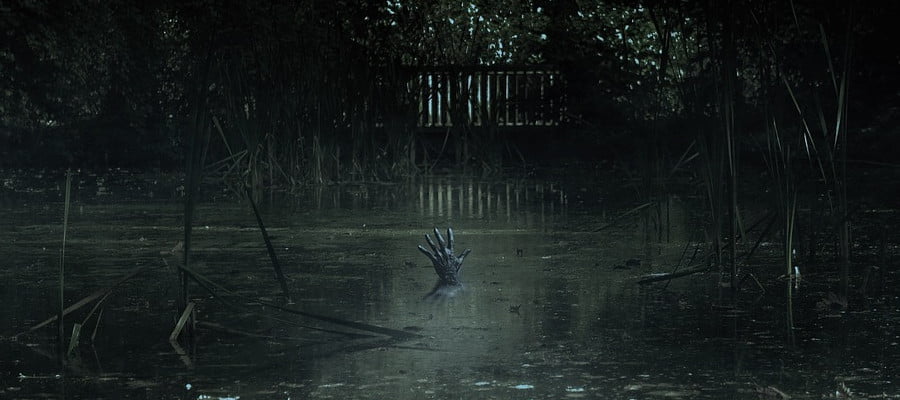This is a continuation of the previous post describing the Szudetken Empires peninsula in Cobrin’Seil.
Voolfardisworth, The Glimmering Net
Where the land becomes mountainous, the castles of Voolfardisworth start to jut up on various cliffs and high peaks, overseeing inevitably, valleys of small communities beneath them. Sometimes known as the Fard, the Fooly or the Fanged States, Voolfardisworth is an aristocratic nation composed of many different, widely distributed noble houses that would rather you not admit they’re vampires (and may even do something to make it so you can’t).
Architecture tends towards the ornate, the detailed, and the enduring. Artistic opinions in the Fard have been set for generations and there’s not a lot of new people coming into positions of power to change the way the nation should present itself. The most common colours to see decorating anything are deep blue and red, with some stark blacks and whites thrown in for variety. Windows tend to be high and narrow on castles, open and wide in towns, and often towns have very strict dictates on what they’re not allowed to do as it relates to things like, say, locking the windows at night in inconvenient ways.
This distribution of local lords overseeing small communities creates a scenario that looks familiar to most readers of the genre of vampire novels, where each town has a ruler that is, to some extent, a variety of weird, bad, or mad, and people develop their own coping mechanisms amongst them. What the people living here do not tend to realise, is that Voolfardisworth is a province that has been in cold war for generations. Every noble knows that their only potentials for advancement come at the ruin of another noble, whether near or far, and being part of their downfall is a great way to ensure you do not get any of the potential rewards presented by their demise.

The result is that for all that vampires rule the Fanged States, they also are avid developers of situations that create strong Vampire Hunters, who they ideally want to encourage to investigate other areas rather than their own. It’s very common for the Vampires living in a castle to be the subordinates of a Vampire living down in the town, as a sort of feint maneuver to protect the true lord of the manor from their own hunters, and hunters of other, nearby fiefdoms.
Also, for all that vampires in the Fard are assumed to be blood-drinkers, they’re actually a linked clan of Moroii — vampires who consume time. Victims of these vampires may wind up drained of blood (for style points), but more often than not, a Moroii that consumes a person will leave behind a corpse that looked like it died of old age.
If you came from Voolfardisworth, you probably have very strong opinions on subterfuge and manipulation, have no good reason to trust people in authority, but have done work for people in those positions of power to make ends meet somehow. You probably also know, in a way that outsiders nor nobles ever do, that it’s pronounced Vul-szy.
Inspiration: Dracula, classic Vampire movies, Van Helsing stories, the British Monarchy

The Osteon, Ribs of the Empire
Situated towards the centre of the peninsula (probably), the Osteon, known also as the Ivory State and the Throne of Chalk, is one of the nations with a strong bent towards industrialisation and mass production, but prefer to rely on human-proficient tasks, owing to having an enormous supply of tireless laborers. Osteon architecture tends towards the bleached white, with highly contrasting frames of dark wood, and porcelain and marble all meant to glimmer and shine under heavy moonlight.
The Osteon is largely a form of necropolity or oligarchy, with a specific ruling class concentrating the bulk of power. Unlike other parts of the Szudetken, though, this class are mostly necromancers, specialising in the practice of bone magic. Rather than the hood-and-robe style of necromancer who raises the dead through spiritualisations and incantations, though, the Osteon’s necromancers — who often betray their origin by referring to themselves as necropaths or mortirian — style themselves as more practitioners of a kind of surgery or science. They tend towards leather smocks and coats to protect themselves from ambient spray and sloughing flesh, and experts often travel far and around looking for boneyards and mass graves as if explorers looking for mines of oil or gold.

The Osteon’s capital city, The King’s Lattice, is notable too for being one of the largest cities on the peninsula. Literally nobody knows anyone who lives there. Missives come from the city, but whatever overclass they have or nobility that operate out of it, they are so insulated from common operations that you could go to the city and live outside the walls for a month without ever seeing another person who wasn’t doing the same thing. Even the messages sent out of the city are sent on skeletal birds as couriers, their hollow bones holding written notes.
If you come from the Osteon, you probalby keenly felt the difference between those who could become apprenticed to a necropath or mortirian and those who could not. Many unskilled labor positions are taken by skeletons, which means those humans trying to work similar jobs live extremely poor lives and are marginalised. It’s not uncommon for young people to do things like sell their teeth to necromancers or arrange insurance plans where on their deaths their bones will go a particular agent who pays them a stipend in life.
Inspirations: Heavy metal album covers showing lots of skeletons

Seibelmarsh, the Silver Girdle
Of all the nations of the Szudetken, Seiebelmarsh is the one with the most consistant actual territory, occupying as it does the northern coast of the peninsula. It deals the most with the outside world, too, with trade ships stopping by the coast as they round from the northern crest of the world, bringing goods from there, around to the countries they’re ‘really’ meant for. Still, for centuries, Siebelmarsh was the only point of access for the entire peninsula for trade.
The capital, Beltane is a massive port city squatting at the neck of a river delta. It’s too shallow a bay for the truly immense hulk tradeships to draw up in, so instead, the hulks port at one of the satellite docks, and then riverboats bring the trade goods back and forth. And trade they do, with fish, refined organic oils, compounds dredged up from the mountain mines by the escarpments that hem them in. Then there’s the darker trades – since Seibelmarsh is a place where the rules for regulating how magical research should or shouldn’t be done, it is often a place where books and texts of spells, worth immense amounts, are traded by academics who have come only to indulge their study in a place with a willingness to follow research wherever it goes.

That however is the central hubs of anxious knowledge, and the majority of Seibelmarsh is in its population smeared out along the coast in the fishing villages that absolutely do not want the trade ships to stop there. No, they’re a people familiar with the sea and the stars, and they don’t like outsiders. Explorers and academics from the cities sometimes travel out to the villages, and find an entire nation defined by people with deep expertise, strange rituals, and a deep distrust of outsiders.
If you come from Seibelmarsh, then you probably know some strange and old secret of your people in your village; a secret or a deal that most people you know signed on for, as part of the protection against the creeping darks of the stars above or the seas below. The mindset of Seibelmarsh are people who think of life as tenuous, dangerous and brutal, a thin ribbon of life between things that seek to destroy you.
There’s also the undercurrent of all Seibelmarsh culture, which is about the transformation, the horror beneath. Almost everyone knows something that can go wrong, or of some story of history, and when it ruled the Szudetken, it was not an empire of fishing villages, but instead the coiling spread of tentacles and screaming demands in the back of the mind. The people of Siebelmarsh are people who do imagine a dreadful darkness in the world, but they still live under the stars and eat from the sea — and there’s a certainty that the horror of their people lies within.
Inspirations: Lovecraftian and Chambers horror, the terror of the vast unknowns
